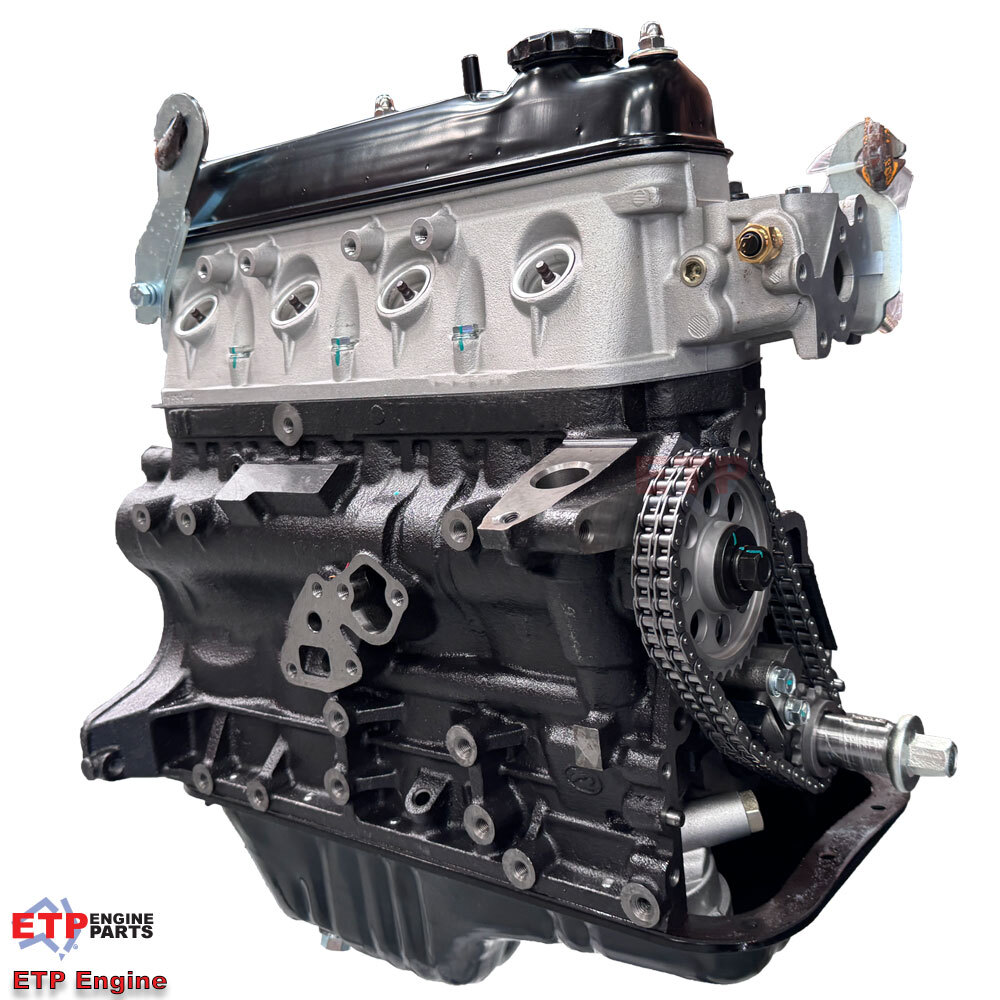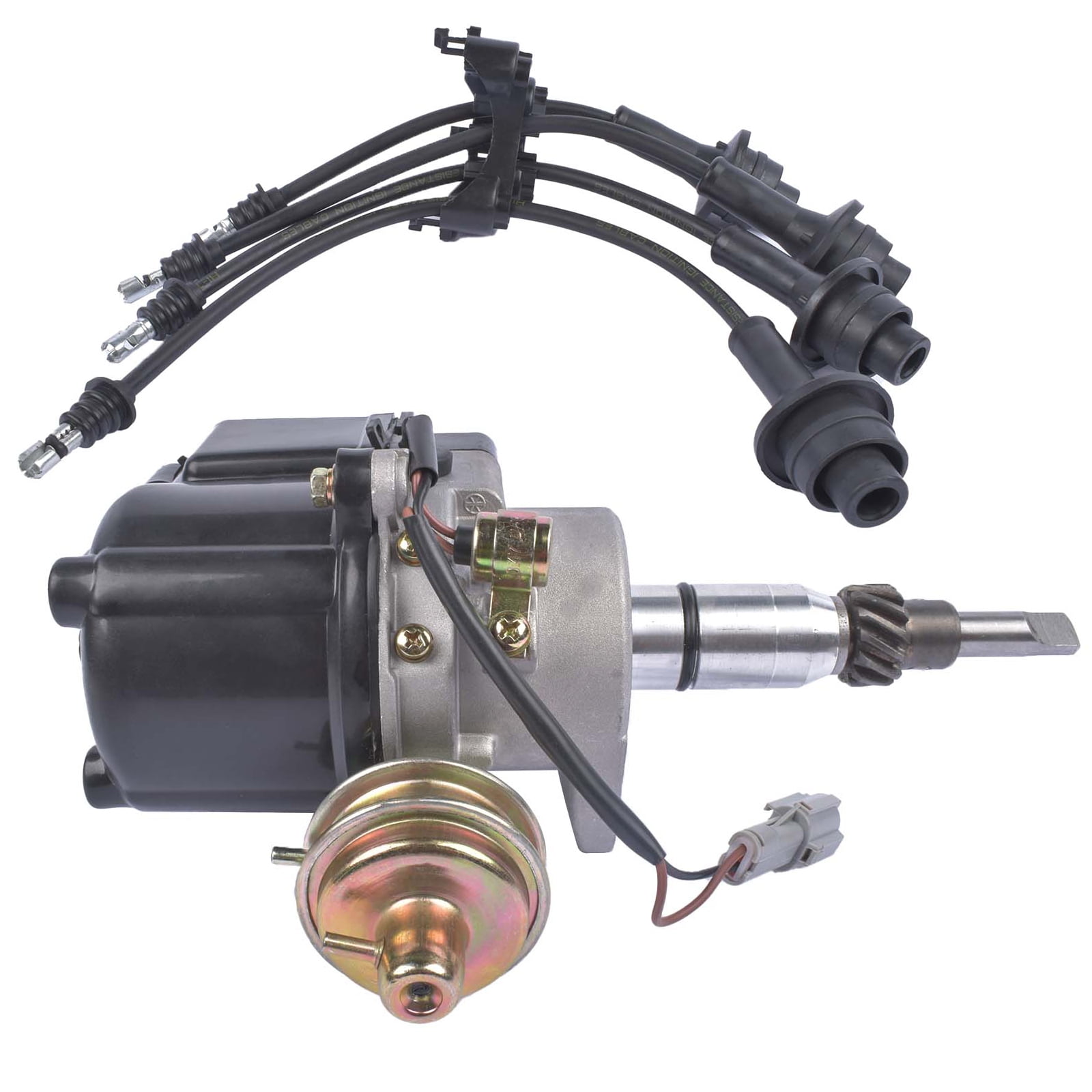What Makes the 4Y Engine Stand Out Among Other Automotive Engines
What Makes the 4Y Engine Stand Out Among Other Automotive Engines
Blog Article
Discovering the Different Sorts Of Engine: Which One Fits Your Requirements?
Internal burning engines proceed to dominate due to their dependability, while electric engines are getting traction for their sustainability. Hybrid engines use a flexible concession, and diesel engines stand out for their power in requiring applications.

Internal Combustion Engines
Interior burning engines (ICEs) are the backbone of modern-day transport, powering a substantial range of automobiles from automobiles to aircrafts. These engines operate the concept of converting gas into mechanical power through a series of regulated explosions within a combustion chamber. The most usual sorts of ICEs consist of gasoline engines, diesel motor, and rotary engines, each designed to meet particular performance and efficiency requirements.
Gas engines generally utilize stimulate ignition, while diesel motor count on compression ignition, causing distinct distinctions in fuel effectiveness and power output (4y engine). Rotary engines, or Wankel engines, supply a portable layout and smooth procedure, however are less commonly used in mainstream applications
ICEs have actually undertaken considerable advancements in innovation, consisting of the intro of turbocharging and gas injection systems, which enhance general efficiency and efficiency. Regardless of their effectiveness improvements, ICEs deal with boosting analysis due to their environmental influence, especially concerning greenhouse gas exhausts.
Electric Engines
As issues regarding ecological sustainability and fossil fuel dependence grow, electrical engines have actually arised as an engaging choice to interior burning engines. These engines use electrical motors powered by batteries or fuel cells, offering a cleaner and much more reliable motive powers.
Among the key benefits of electrical engines is their decreased exhausts. Unlike conventional engines that melt nonrenewable fuel sources, electric engines create no tailpipe discharges, dramatically reducing air pollution and adding to improved public health. Furthermore, the performance of electrical motors often goes beyond that of inner burning engines, transforming a higher percentage of energy from the source of power into usable energy for movement.
Electric engines are also remarkable for their silent procedure, making them ideal for city settings. 4y engine. The simplicity of their design leads to fewer relocating parts, which can cause minimized upkeep prices and increased integrity over time
Nevertheless, difficulties remain, including battery manufacturing influences, charging facilities, and range restrictions. Regardless of these difficulties, the growing investment in electric car modern technology and eco-friendly energy resources points toward an encouraging future for electrical engines, positioned to play a crucial duty in the transition toward sustainable transportation.
Hybrid Engines
Blending the benefits of both electric and traditional internal combustion engines, hybrid engines represent a versatile solution in the quest for reliable and lasting transport. These engines combine a gas or diesel motor with an electrical motor, enabling for improved gas performance and decreased discharges contrasted to standard vehicles.
Crossbreed engines operate in numerous modes, utilizing the electric motor for low-speed driving and the interior burning engine for greater rates or when even more power is required. This vibrant operation not just improves gas economic climate but also adds to a smoother driving experience. Regenerative stopping is another critical feature, catching energy normally shed throughout stopping and rerouting it to reenergize the battery.

As customers progressively focus on eco-friendliness, crossbreed engines stick out as a sensible option, using an efficient equilibrium of performance, efficiency, and environmental responsibility. This versatility makes them ideal for city travelling and long-distance travel alike.
Diesel Motor
Efficiency and power are trademarks of diesel motor, which have actually long been preferred for their robustness and gas economic situation. These engines operate on the principle of compression ignition, where air is pressed to a heat prior to gas is injected, sparking it without the need for spark plugs. This process enables diesel motor to achieve higher thermal performance compared to gasoline engines, converting into far better fuel mileage and lower co2 discharges.
Diesel motor are specifically appropriate for heavy-duty applications such as trucks, buses, and industrial equipment, where torque and toughness are vital. Their layout usually includes more powerful parts to withstand the greater stress produced during operation, causing longer service life and reduced upkeep prices.

Different Fuel Engines
While diesel motor have lengthy dominated the landscape of sturdy power resources, alternative fuel engines are acquiring traction as viable options for a more sustainable future. These engines utilize a variety of gas, such as compressed gas (CNG), hydrogen, lp, and ethanol, intending to minimize greenhouse gas exhausts and dependence on nonrenewable fuel sources.
One substantial advantage of alternate gas engines is their possible to reduced carbon footprints. CNG engines give off less toxins contrasted to standard diesel engines, making them suitable for city transportation systems and fleets looking for to boost air high quality. Ethanol, originated from biomass, not only reduces exhausts however also sustains agricultural economic situations.
Hydrogen gas cells represent a sophisticated growth in this realm, providing zero-emission power via a chemical reaction in between hydrogen and oxygen. Obstacles such as facilities growth and manufacturing prices stay obstacles to extensive adoption.
Verdict
Interior burning engines provide dependability, while electric engines focus on sustainability pop over here and decreased maintenance. Crossbreed engines my review here combine the advantages of both, improving performance, whereas diesel engines provide premium power and torque for sturdy applications.
Hybrid engines use a versatile compromise, and diesel engines stand out for their power in demanding applications. The most typical kinds of ICEs include gasoline engines, diesel engines, and rotating engines, each created to satisfy particular performance and efficiency demands.
Unlike standard engines that melt fossil gas, electric engines produce absolutely no tailpipe emissions, substantially decreasing air contamination and contributing to boosted public health.Hybrid engines operate in numerous modes, utilizing the electrical motor for low-speed driving and the internal combustion engine for higher speeds or when more power is required. Hybrid engines combine the advantages of both, her explanation improving efficiency, whereas diesel engines give remarkable power and torque for sturdy applications.
Report this page